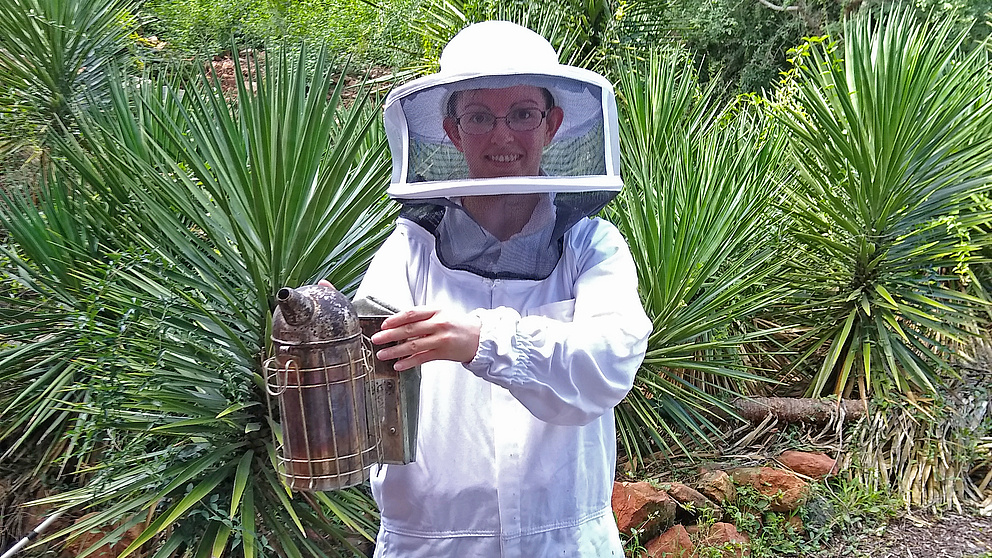

Contact
Press, Communications and Marketing
Tel.: +49 228 833-144
Fax: +49 228 833-441
presse[at]avh.de
Working in the Social Insects Research Group at the University of Pretoria, Feodor Lynen Fellow Anja Buttstedt conducts her research between bees and bright mauve-coloured blossoms. The biologist likes to take a closer look – at the insides of honeycombs and at the colonial heritage of her field of research.
As the smell of warm wax fills the air and there’s an excited hum in the room, Anja Buttstedt’s workday begins. The Feodor Lynen Research Fellow is a guest researcher in the Social Insects Research Group which is part of the Zoology and Entomology Department at the University of Pretoria in South Africa. Here she has been researching possible functions of the major royal jelly proteins, which are found in the food jelly – the so-called royal jelly – of the Western honey bee. The biologist stands in the bee house at the university’s experimental farm and takes a hive frame out of the warm incubator. “We removed this frame from the colony yesterday and the young honey bees hatched during the night. We always wear full apiarist gear when working with bees here. A lot of beekeepers in Germany only wear a head covering. You can’t do that here because these bees are much wilder and not as domesticated”, said Anja Buttstedt. She uses a pink felt-tipped pen to place a mark on the bees’ backs and then puts them back in their colony. The bees Buttstedt uses for her research have to be of a certain age. The dot on the back indicates the respective bee’s birthdate.
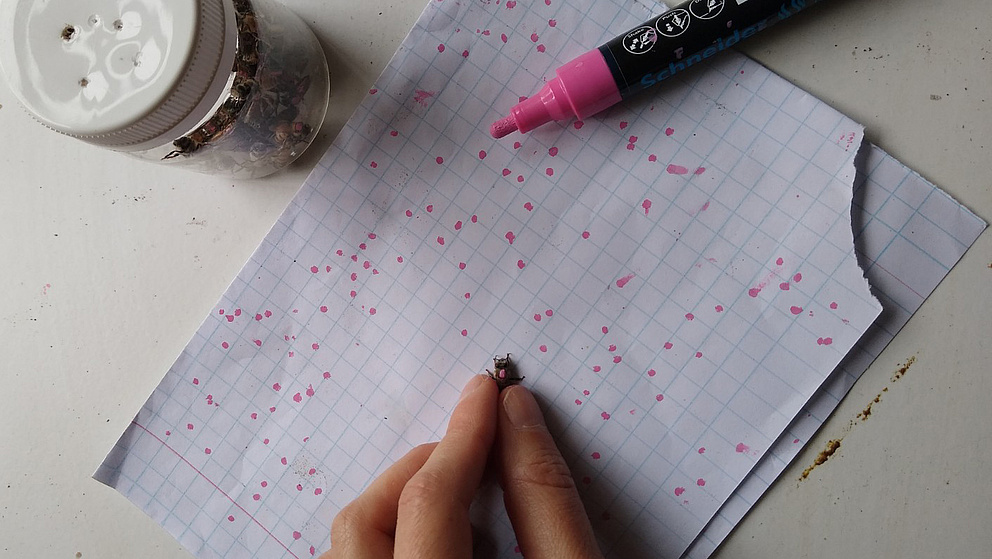
When she leaves the apiary and returns to her office and the lab – a ten-minute drive to the campus of the University of Pretoria – Anja Buttstedt drives through a sea of mauve-coloured blossoms. October, which is spring in South Africa, is when the jacarandas bloom. A particularly large number of jacarandas can be found in the capital of South Africa, which is also known as Jacaranda City. From her lab, Anja Buttstedt has an impressive view at the blooming rosewood trees. This is where she dissects bees, isolates DNA and examines samples under the microscope – all the while from the outside, the distinctive call of the hadada ibis, an African bird, can be heard repeatedly. What exactly is the focus of Buttstedt’s research? In contrast to other hymenopters such as ants and wasps which have only one copy of the major royal jelly protein gene, the Apis mellifera honey bee has nine. Buttstedt wants to find out which functions these proteins have and why these honey bees need nine of these genes. What Buttstedt has been able to demonstrate to date: One of the major royal jelly proteins is necessary for growing new queen bees. Its natural pH value in combination with the protein apisimin form what is known as fibrillar structures. Honey bees use this protein to “glue” queen larva into the queen cells which are not closed at the bottom. The protein fibrils in the royal jelly thus ensure that the bees survive.
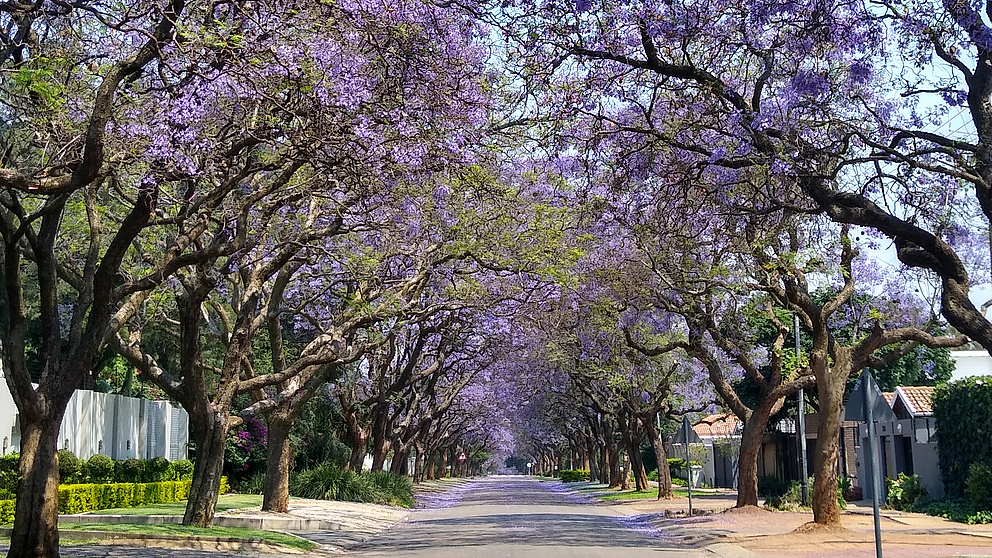

The Feodor Lynen Research Fellowship
supports you – postdoc or experienced researcher – with your research project abroad, even during the Coronavirus pandemic.
Coincidences that point the way forward
“I always had a wide range of interests and liked exploring things in depth”, said Buttstedt who at the start of her career would never have guessed that bees would one day be the focus of her research work. The biologist earned her doctorate in protein biochemistry and initially devoted herself to bone growth factors in humans. “I applied for a Feodor Lynen Fellowship for various reasons, including the fact that I hadn’t found a job in Germany. That was a lucky coincidence for which, in hindsight, I am now very thankful”, said Buttstedt. She met her host in Pretoria, Yusuf Abdullahi Ahmed, in 2016, while he was a Humboldt Fellow at the University of Halle where she was doing research work. The biologist originally wanted to commence her work in Pretoria in October 2020. But at that time the number of Covid-19 cases in South Africa was high and it was not possible to enter the country. She had to postpone the start of her fellowship until January 2021. “The Humboldt Foundation’s flexibility on the starting date was important and was a vital help for getting started”, Buttstedt said. Apart from the start phase, her scientific work on location has not been constrained at any time. Looking back, she remarked, “A lot of things in my scientific career have been sheer coincidence and not planned. Sometimes luck was on my side and often I happened to be in the right place at the right time.”
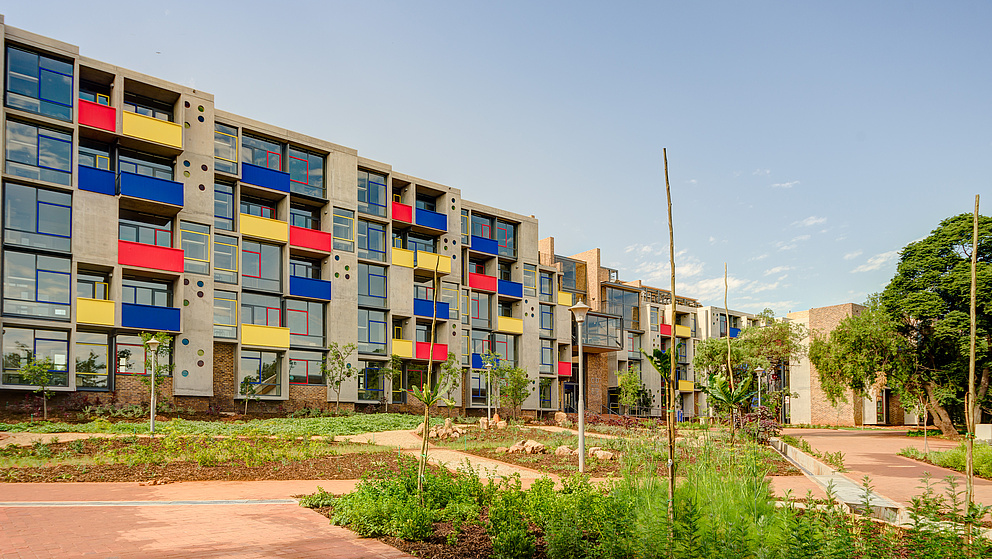
Necessary systemic change
Buttstedt finds it concerning “that we still need female role models in the natural sciences. It should be normal to see women in the science field. A child shouldn’t have to think about whether she, as a girl, can make it in certain occupations.” Besides the societal structures which often continue to be patriarchal among heterosexual couples – with men being the primary breadwinners and women doing the care work – Buttstedt feels that a change in the science system is also called for. When a woman in the science field wants to have children, she accepts that she’ll have gaps in her publication work which will negatively impact on her career. Other factors include long working hours, temporary positions, being expected to be internationally mobile. Buttstedt also sees this in Pretoria: “A huge number of women embark on university studies, particularly in fields related to biology. Their numbers decline the farther they progress and, at the top, nearly all professors are males.”
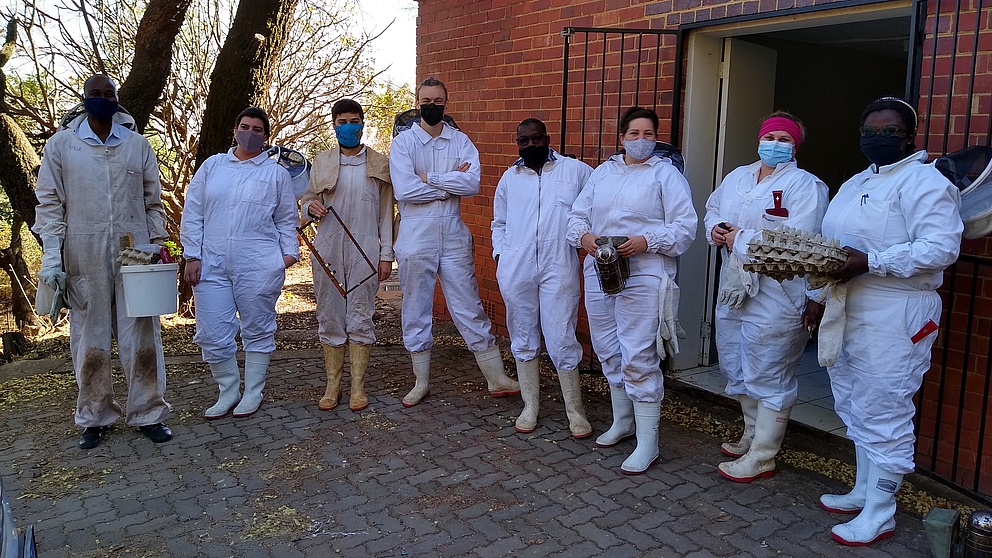
Colonial research heritage
And something else has become very clear to Buttstedt while in Pretoria. “The security people on campus are all black, the cleaning personnel as well. The people who deliver parcels are black while those who attend the university and do research are mostly white.” One of her female colleagues in her research group once said to her, “Anja, I’m a black woman. I’m just happy to be doing research here.” Her colleagues speak openly about structural racism. This gave rise to an idea for a project which Buttstedt and her colleagues are currently working on alongside their normal work. According to Buttstedt, “Unfortunately, insect research is still very much shaped by colonial science. It can happen that all the authors of an article about Madagascar’s ants come from North America. This absolutely has to change.” As a first step, the researchers in Buttstedt’s working group established an Africa Section at the IUSSI – something that did not previously exist. The opening symposium was held in late November. Buttstedt would like to address this issue together with another African researcher even after her stay in Pretoria has ended.
Blossoms, biodiversity and bee protection
Anja Buttstedt likes to think in interdisciplinary terms and beyond the boundaries of her research topics. As a consequence, she is also dedicated to drawing attention to the difference between domesticated honey bees, wild honey bees and solitary wild bees. In addition to honey bees, Germany is also home to more than 580 species of wild bees, many of which are severely endangered because, in contrast to honey bees, they are dependent on specific plant families and the radius in which they can live is much smaller. In addition, in a number of areas the number of bees is extremely large due to beekeeping. This can lead to food competition between honey bees and wild bees. Buttstedt said, “When the ecosystem is intact, none of this is a problem.” However, as soon as the human element comes into play, builds cities and puts down pavement, things get difficult”. We can no longer allow economic interests to take priority over protecting biodiversity or converting to more sustainable forms of agriculture, she noted. “I wish we would stop destroying ecosystems. We as a society and as individuals need to think about the footprint we are leaving behind and take action. Everyone can start in their own garden by planting a flower strip, for example”, said Buttstedt, who wants to raise awareness for bee protection in her own personal sphere as well. For instance, her 90-year-old grandfather had a very orderly garden all his life. Today, he has a flower strip and a lot of bees that collect nectar there. “What each and every one of us does is important. When lots of individuals change something, maybe policies will change too”, Buttstedt said.
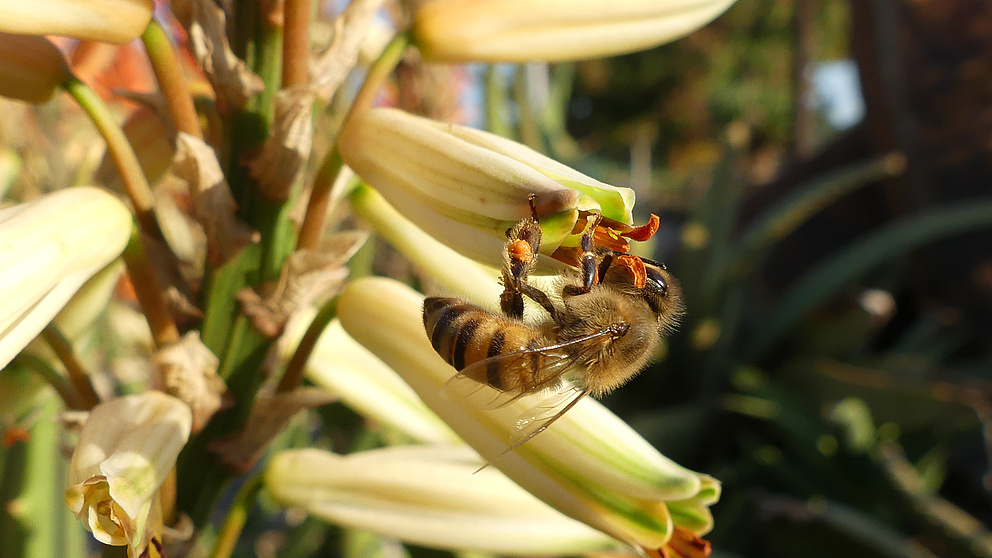
The biologist will be in South Africa until the end of the year. Then she’ll return to Germany where she’ll re-join her partner and take a break. Buttstedt: “Once I’m back in Germany, we’re going to spend six months travelling around Europe – as far as that is possible. Then I’ll look around and see what arises for me.”
Author: Esther Sambale
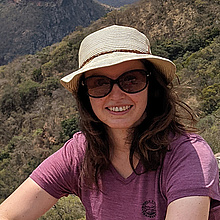
Anja Buttstedt studied biology at the Martin Luther University Halle-Wittenberg where she earned her doctorate in 2011 at the Institute for Biochemistry and Biotechnology in protein biochemistry on the subject of fibril formation by proteins. In 2012 she went to Cluj-Napoca in Romania to do her first postdoc at the University of Agricultural Sciences and Veterinary Medicine. There she began to work on the proteins contained in the food jelly of bees. A year later, she took up a position as a member of the DFG project The role of the major royal jelly proteins for the caste determination in the honey bee Apis mellifera. Beginning in 2017, Buttstedt worked as a research assistant at the Center for Molecular Bioengineering (B CUBE) at TU Dresden where she focused on the evolution and the wide-ranging functions of major royal jelly proteins which are found not only in honey bees but in other hymenopters such as wasps and ants as well. Buttstedt embarked upon a Feodor Lynen Research Fellowship from the Alexander von Humboldt Foundation in 2021. In this capacity she has been working with Dr Yusuf Abdullahi Ahmed as a visiting researcher at the Social Insect Research Group of the University of Pretoria, South Africa.
